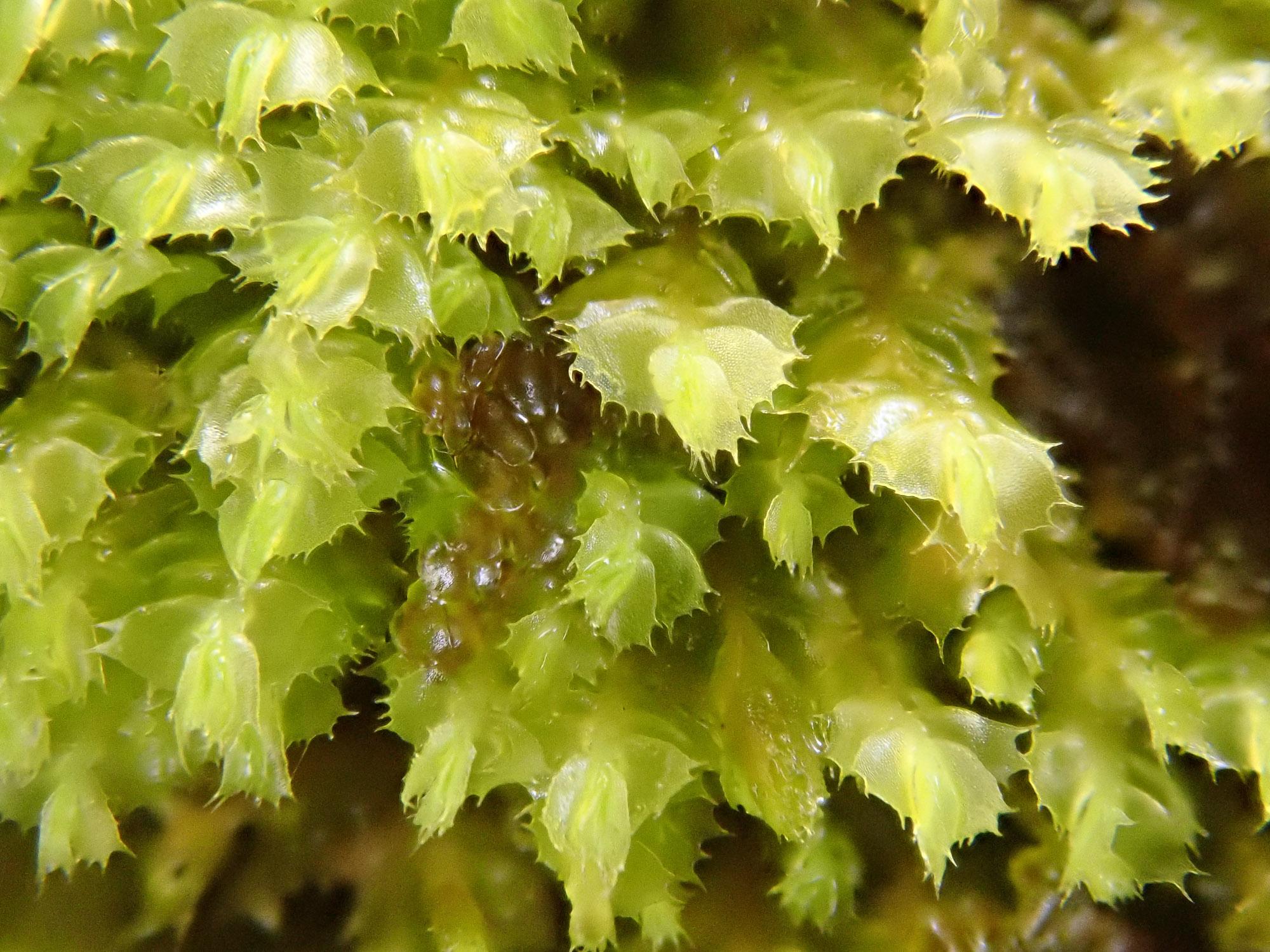
2021-09-13-10-43-49.jpg from: https://www.britishbryologicalsociety.org.uk/learning/species-finder/plagiochila-spinulosa/
Exploring the Fascinating World of Plagiochila lophocoleoides Mont. Moss
Introduction
Mosses are often overlooked, but they play crucial roles in ecosystems around the world. One particularly interesting species is Plagiochila lophocoleoides Mont., a moss in the Plagiochilaceae family. In this blog post, we’ll dive into the details of this fascinating plant, from its morphology to its ecological importance. Get ready to discover the hidden wonders of Plagiochila!
Background
Plagiochila lophocoleoides Mont. is a species of leafy liverwort, which are non-vascular plants in the division Marchantiophyta. Liverworts are some of the earliest land plants to evolve over 400 million years ago. There are over 7,000 species of liverworts found all around the world, from the tropics to the tundra.
Morphology and Identification
P. lophocoleoides forms loose mats of green, translucent leaves. The leaves are oblong to obovate in shape, with toothed margins. The underleaves are much smaller than the lateral leaves. Plagiochila species can be tricky to identify, often requiring microscopic examination of leaf cell shape and oil body characteristics.
Global Distribution and Habitat
This species has a wide distribution, found in tropical and subtropical regions of the Americas, Africa, and Asia. It typically grows on tree trunks, branches, and rocks in moist, shaded habitats like cloud forests. In the right conditions, it can form extensive mats on its substrate.
Ecological Roles and Adaptations
Like other bryophytes, P. lophocoleoides plays important roles in its ecosystem:
- Provides habitat for micro-organisms and small invertebrates
- Helps regulate moisture and prevent erosion
- Pioneers the colonization of bare substrates
- Indicator of air quality and environmental health
This species has several adaptations that allow it to thrive in its moist, shady habitats:
- Leaves are one-cell thick to maximize light absorption
- Leaves have a waxy cuticle to prevent water loss
- Rhizoids anchor the plant and absorb water and nutrients
Conclusion
Plagiochila lophocoleoides Mont. may be small, but it is a prime example of how even the most inconspicuous organisms can have outsized ecological importance. The next time you’re walking through a tropical forest, take a closer look – you might just spot a patch of Plagiochila making its quiet but critical contribution to the ecosystem. What other hidden wonders of the plant kingdom have you discovered?